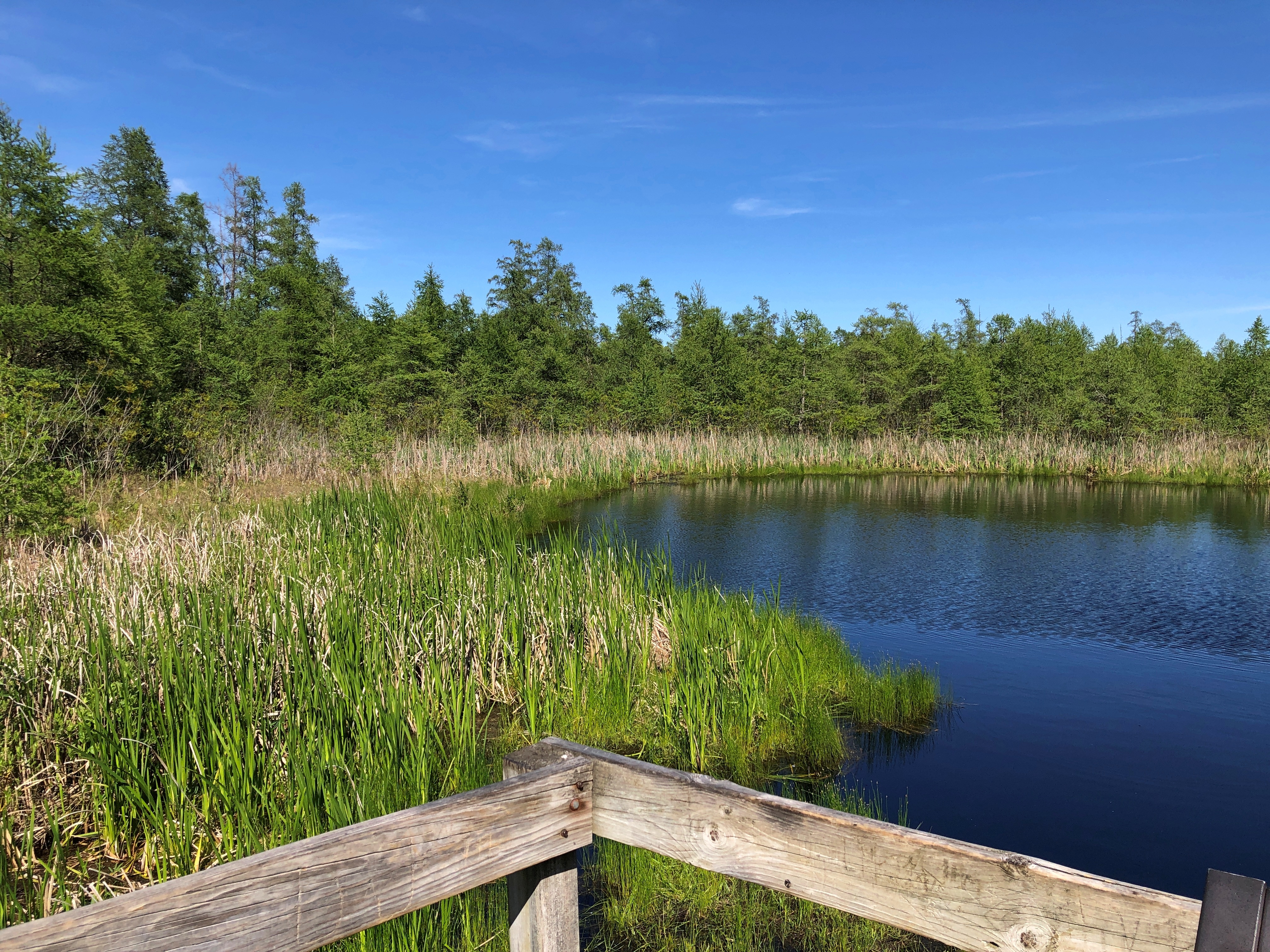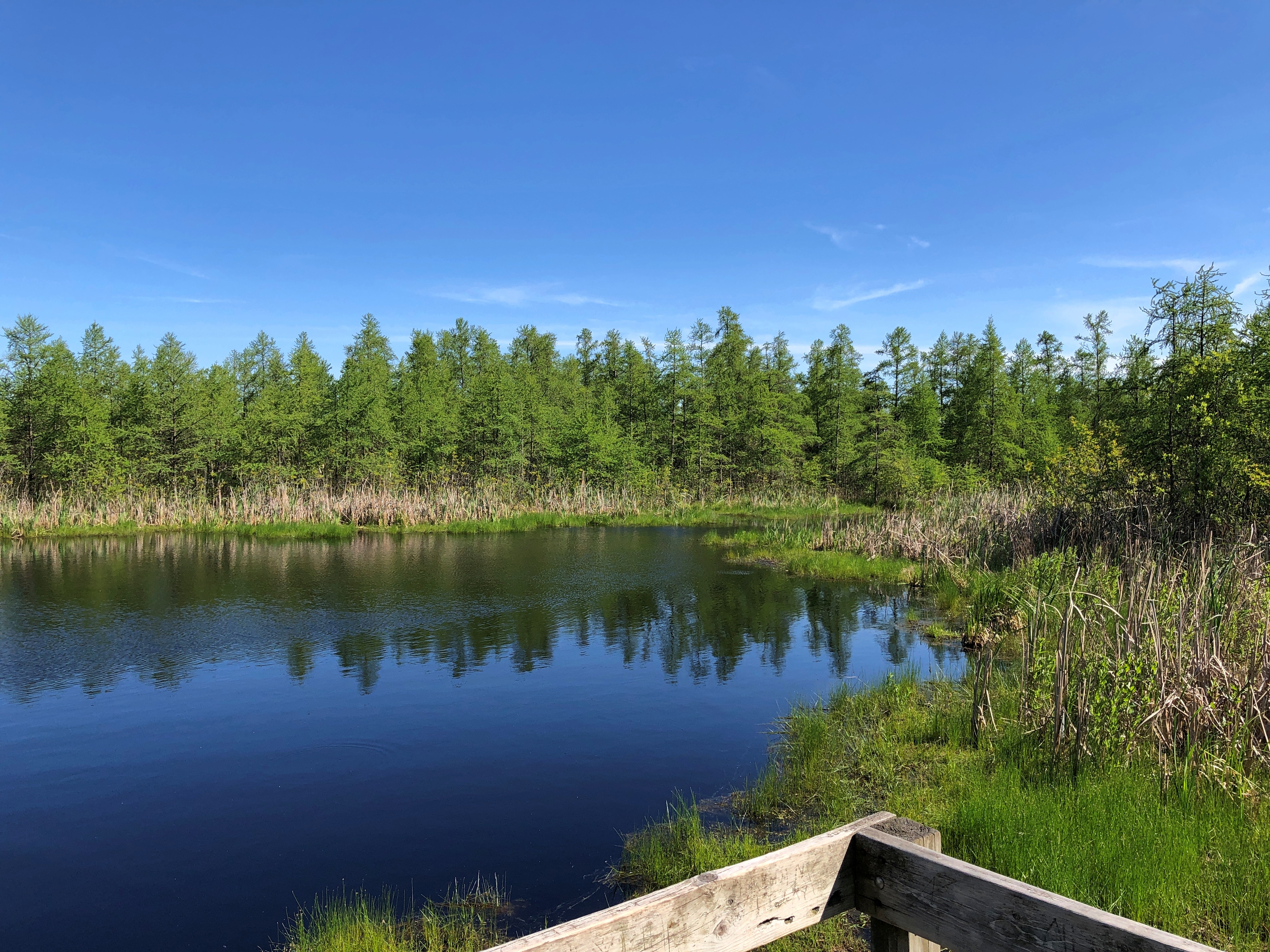Not a sign that you see very often.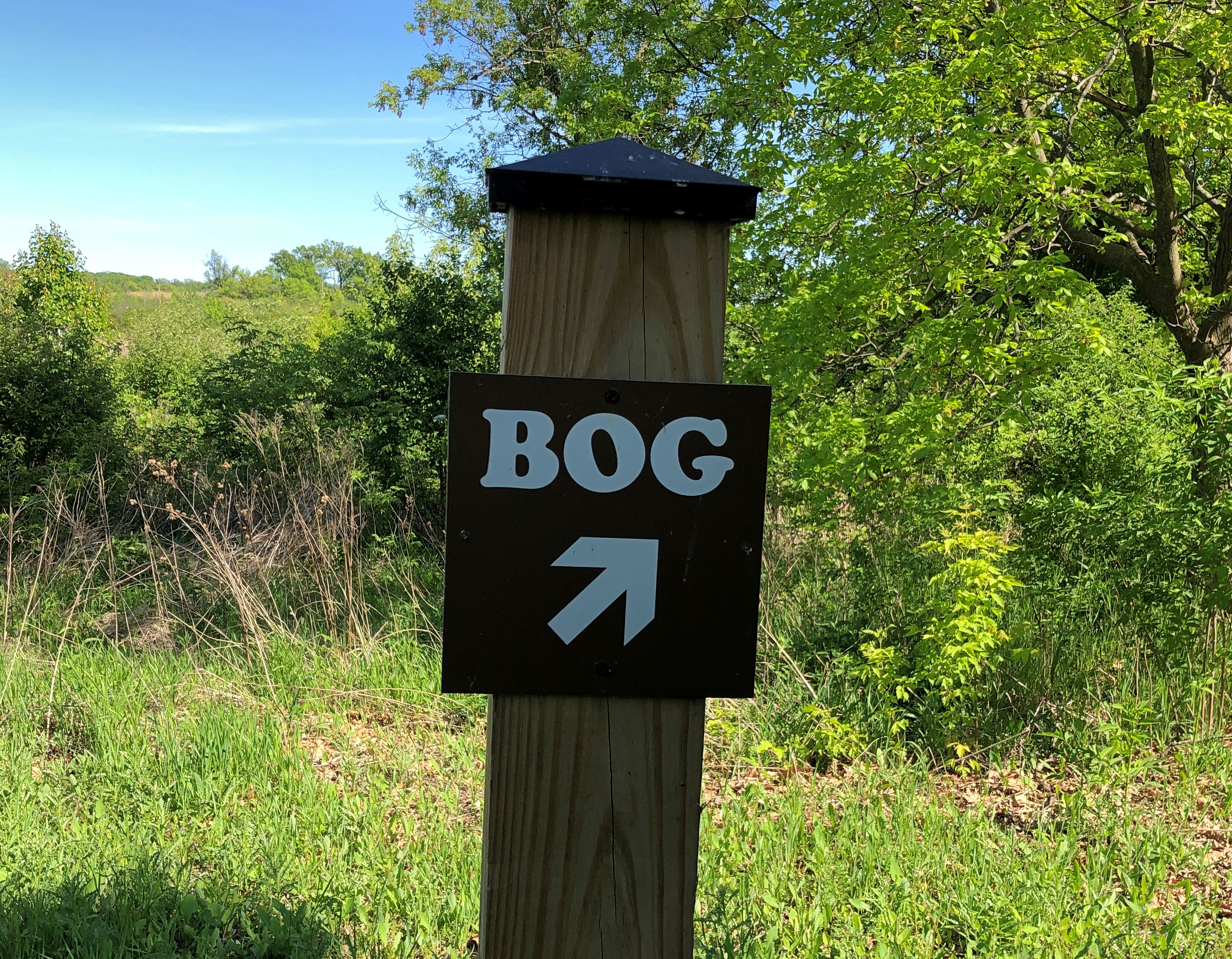
Unless you visit Volo Bog State Natural Area often. It is “the only open-water quaking bog in Illinois,” according to the Illinois DNR, and I’m inclined to believe it, though sad to say my grasp of the scientific difference between a bog, marsh and a swamp is weak. Still, as a pleasant spring day, we figured Sunday was a good time to re-visit the bog, up northwest, about a 45-minute drive.
It had been a while. But I can say that the trail still wobbles a bit, which still takes a few minutes’ getting used to.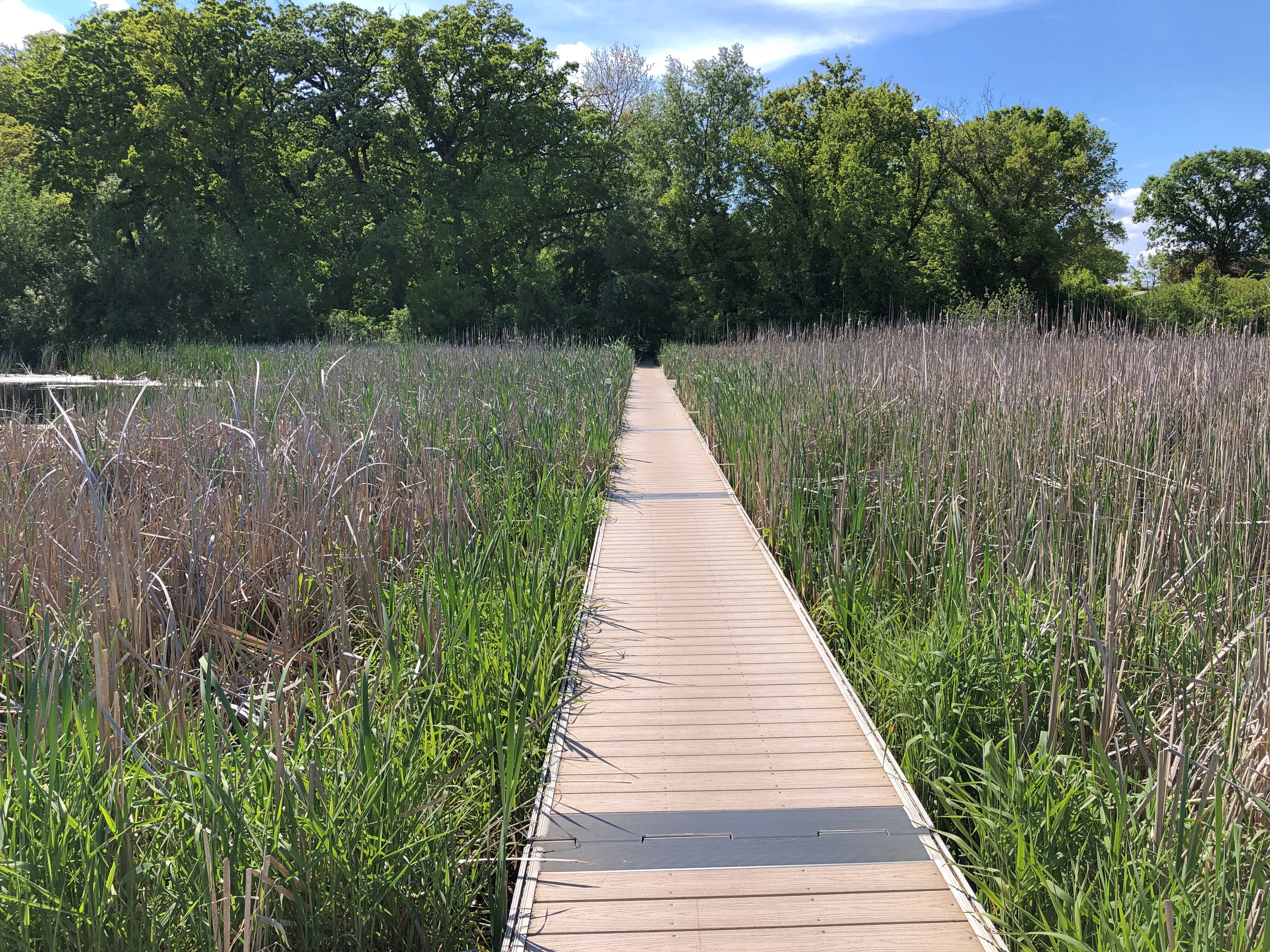
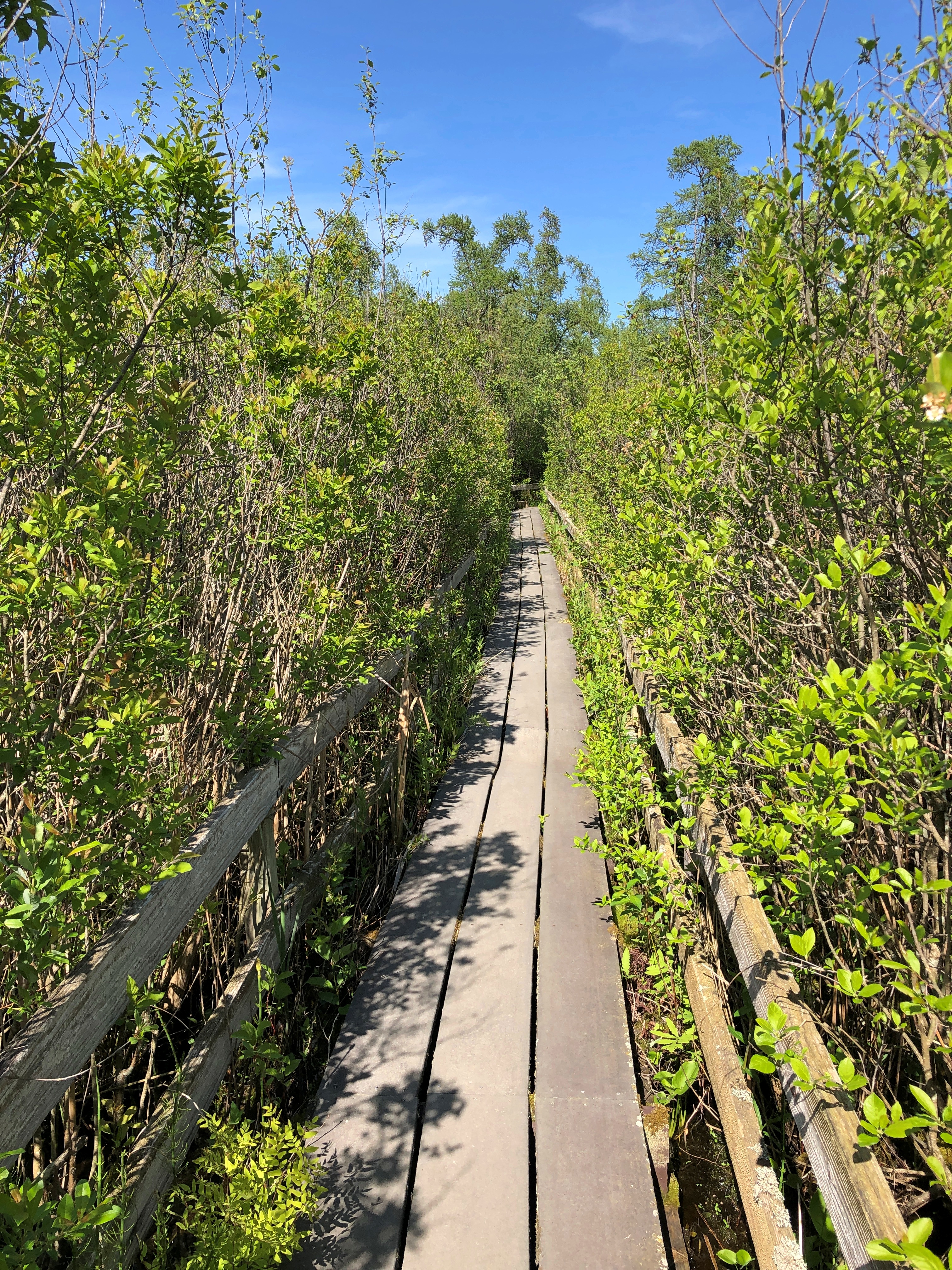
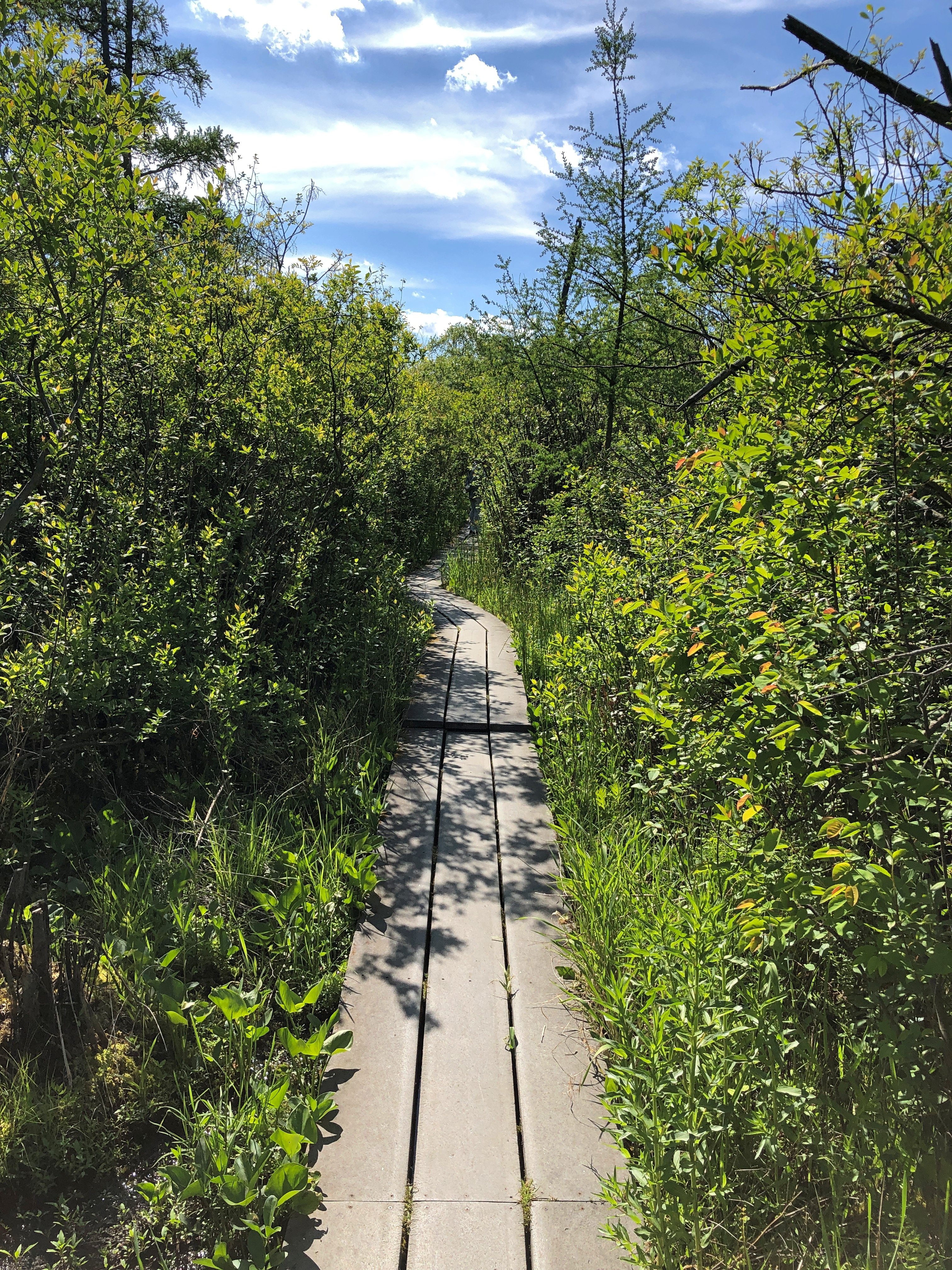
” ‘It’s moving,’ I heard either Lilly or Rachel say ahead of me, since they were first to reach the trail, which is a boardwalk over the bog,” I wrote in May 2010. “The boardwalk’s wobble is a little unnerving at first, but before long you get used to it. For anyone over about three years old, anyone who is sober anyway, the danger of pitching into the bog is pretty low.”
It’s moist down there. I’d expect no less of a bog. I know that much, anyway.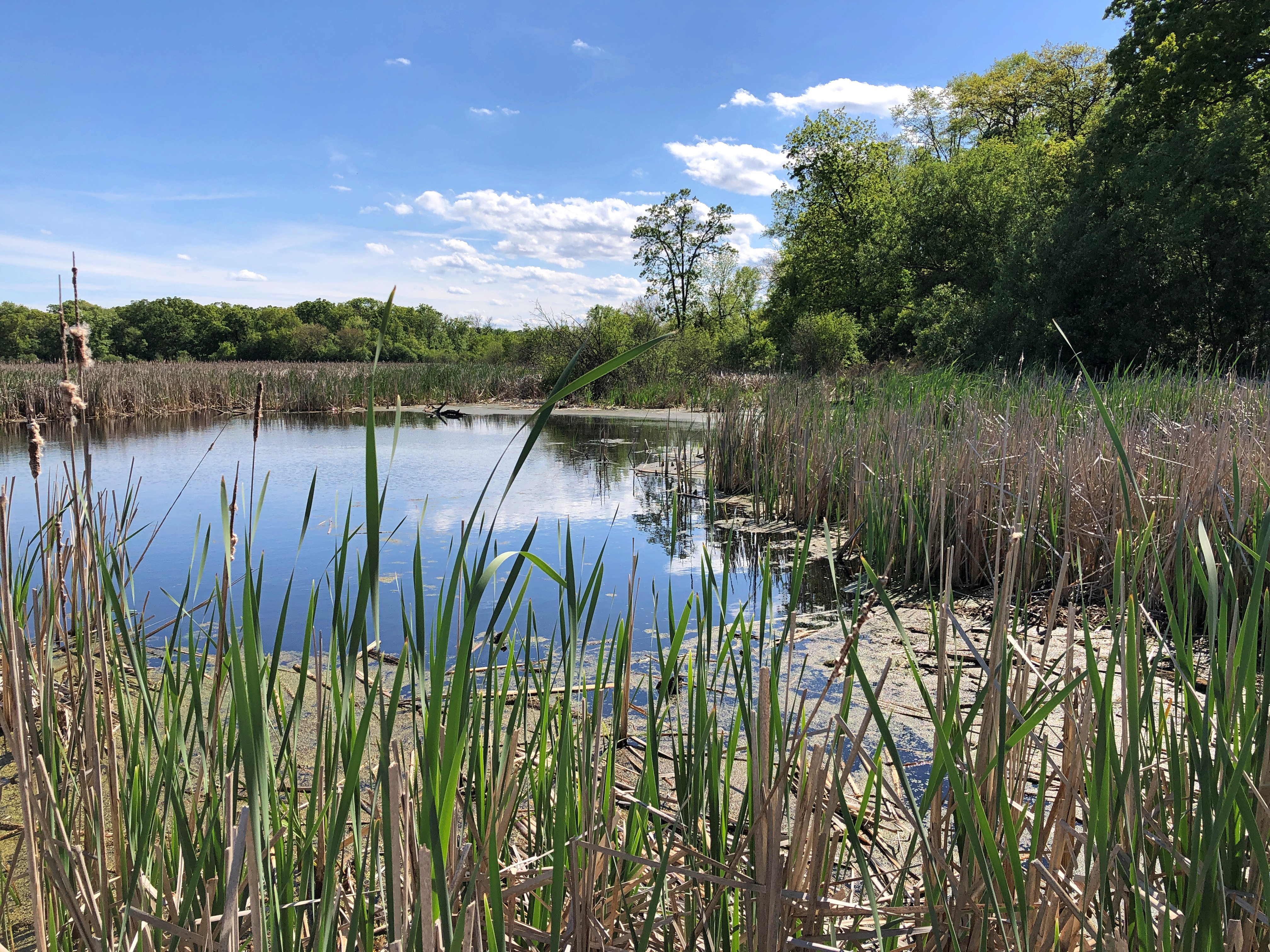
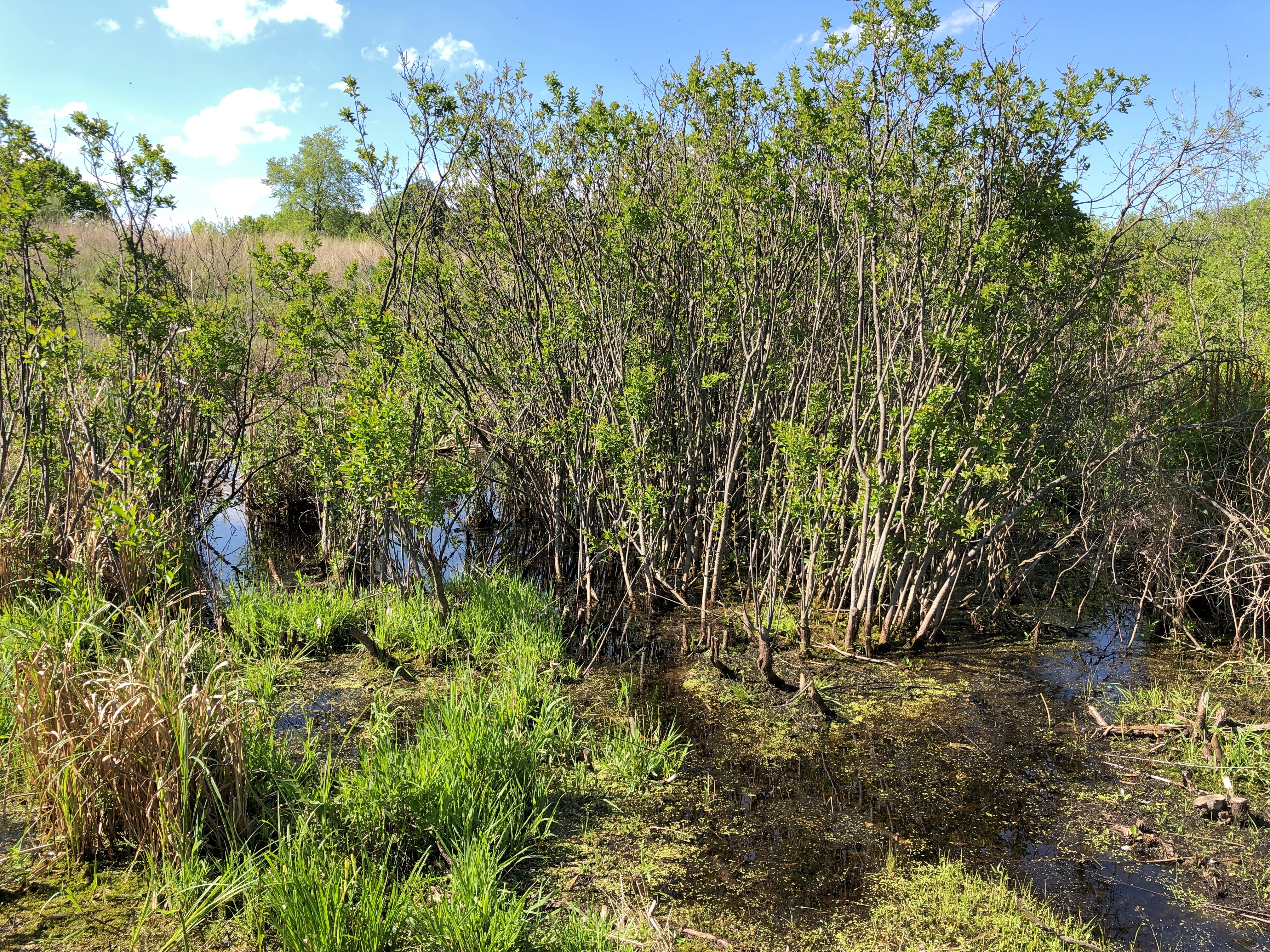
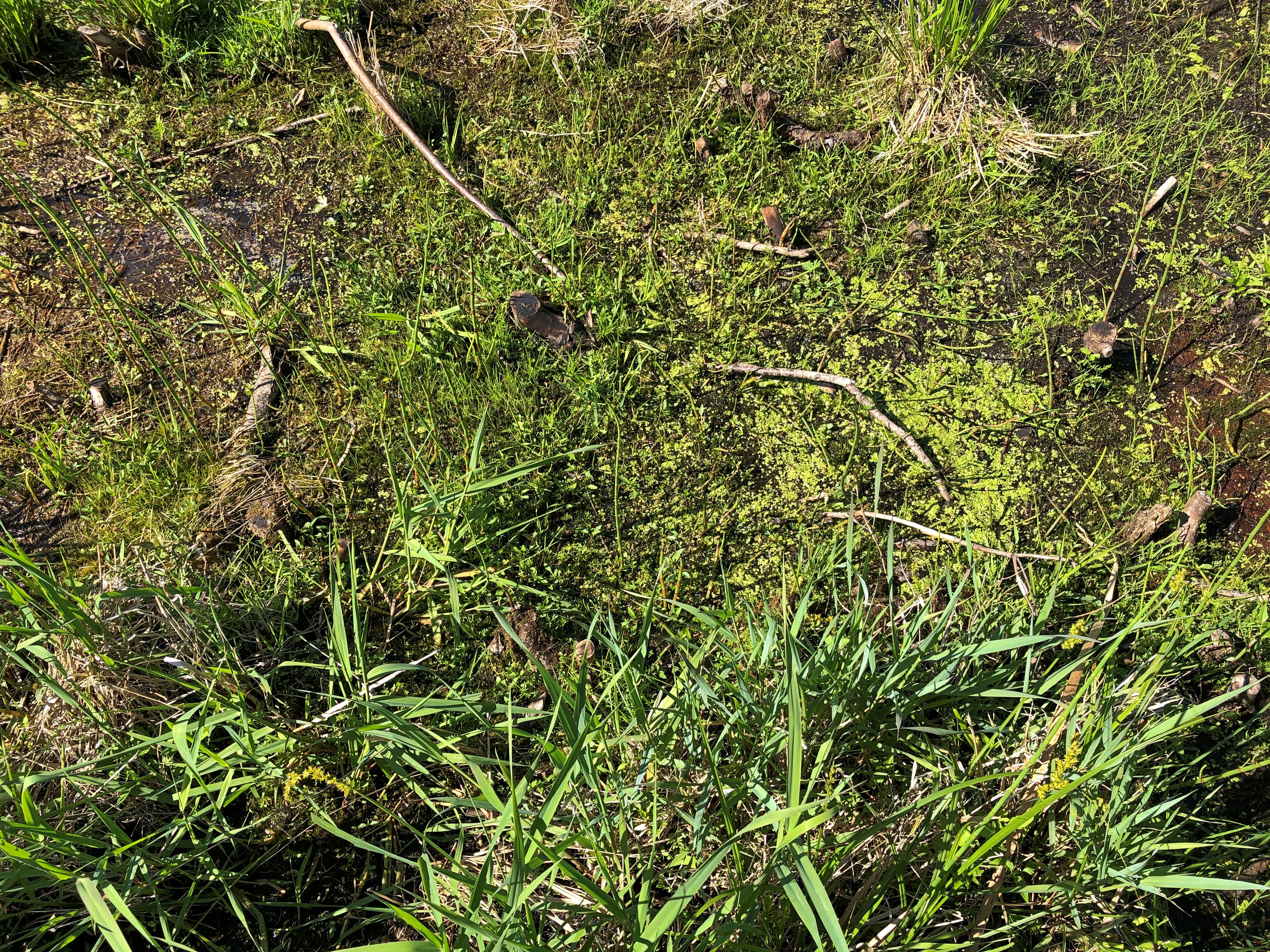
“Formed in an ancient glacial kettle hole lake, Volo Bog features a floating mat of sphagnum moss, cattails and sedges surrounding the open pool of water in the center of the bog,” the DNR says. “Further from the open water, the mat thickens enough to even support floating trees!”
The public land at Volo Bog includes more than just the bog. A path loops around the property in parts that are a little less sloshy underfoot.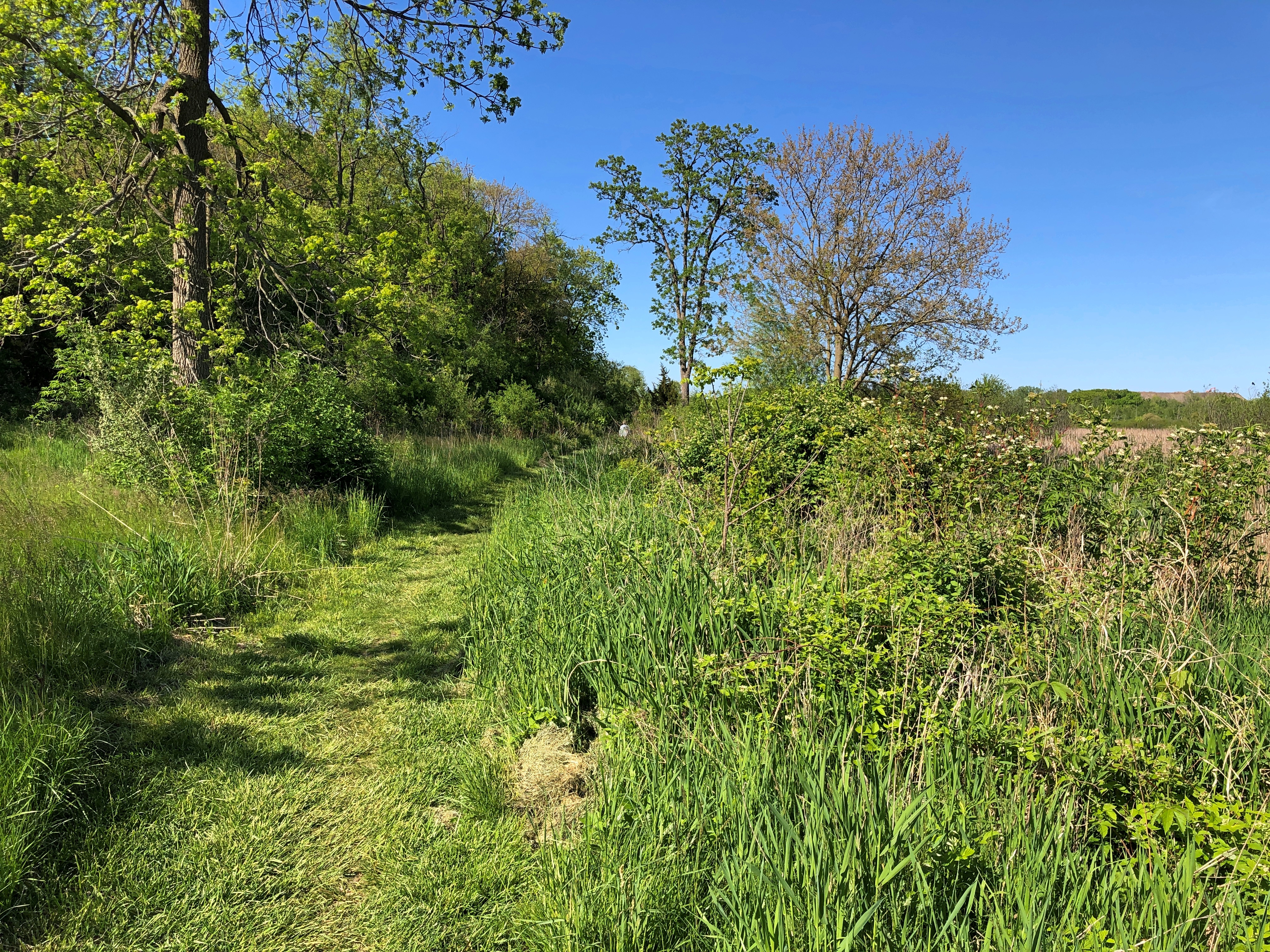
It takes a while, but when the full flush of spring comes to the North, it’s exuberant.
A modest but elegant building, a barn homage, houses the visitor center. Closed.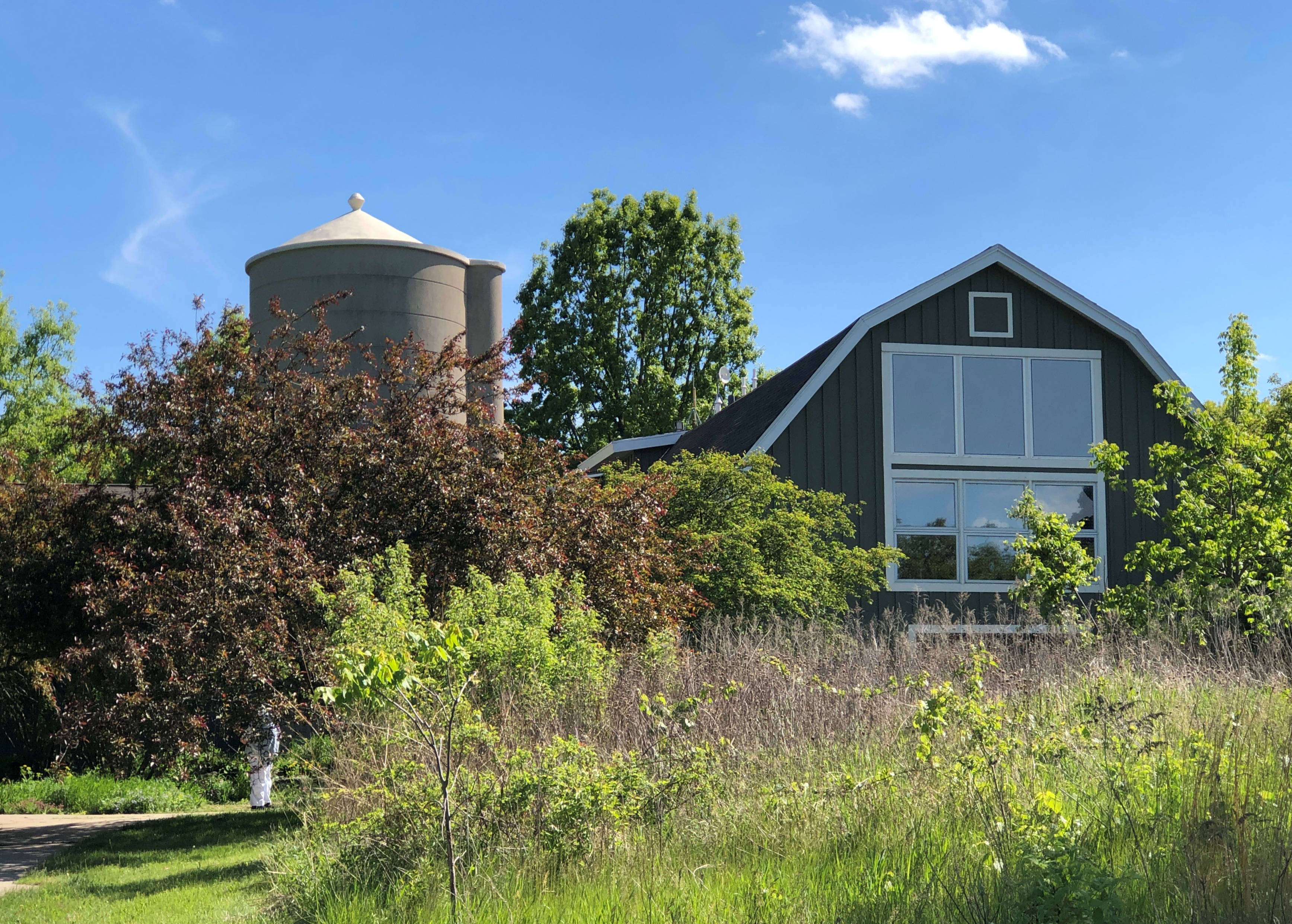
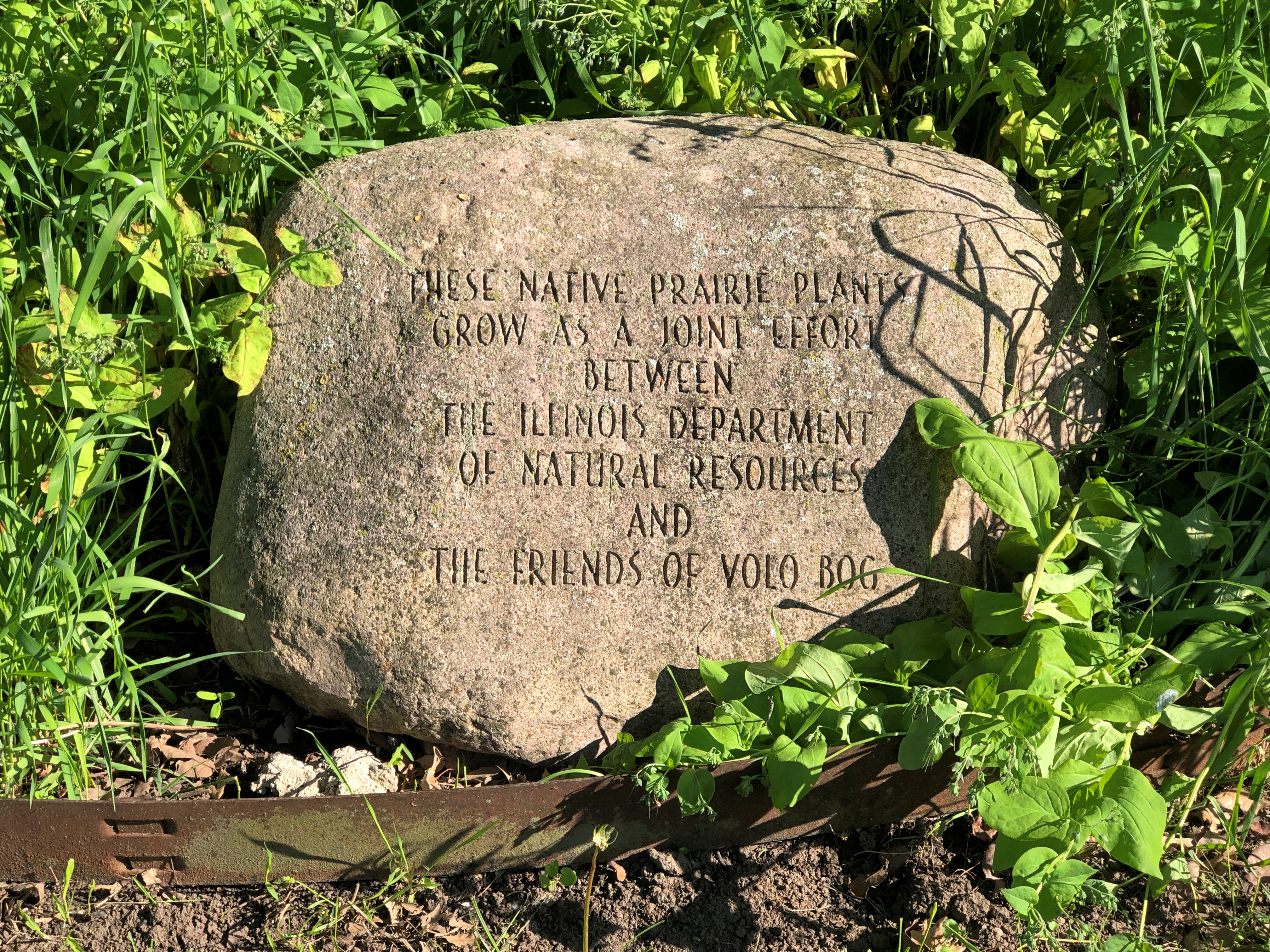
Bird apartments. Or maybe bats.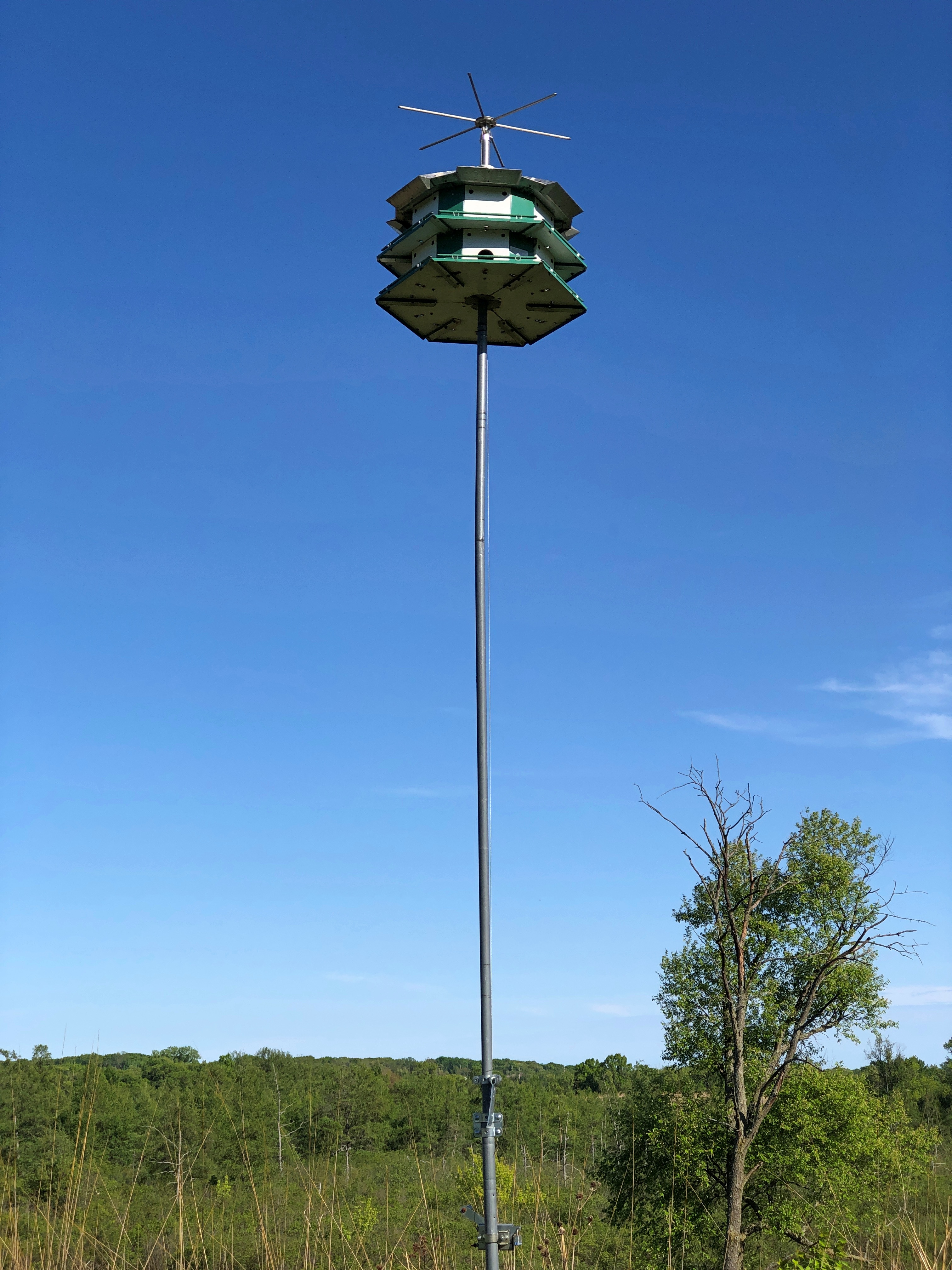
Tip of the hat (if I had a hat) to the Nature Conservancy, whose actions in the late ’50s preserved the bog. The organization has done the same for 119 million acres of land over six decades, E&E News reports, citing the organization itself.
